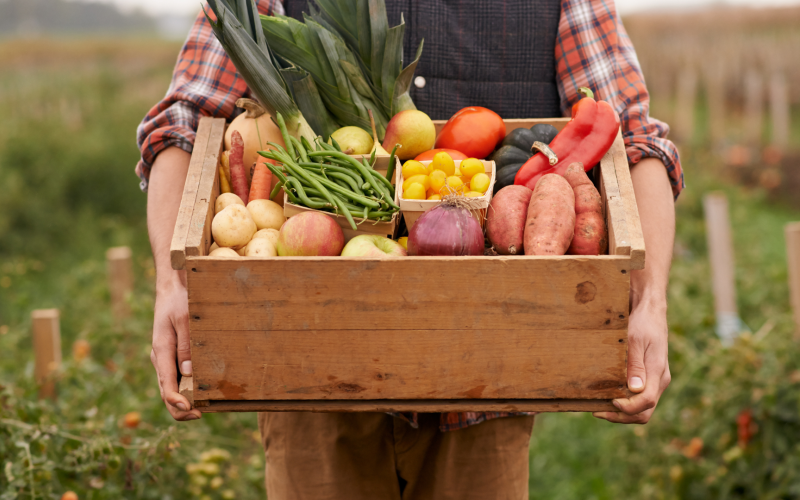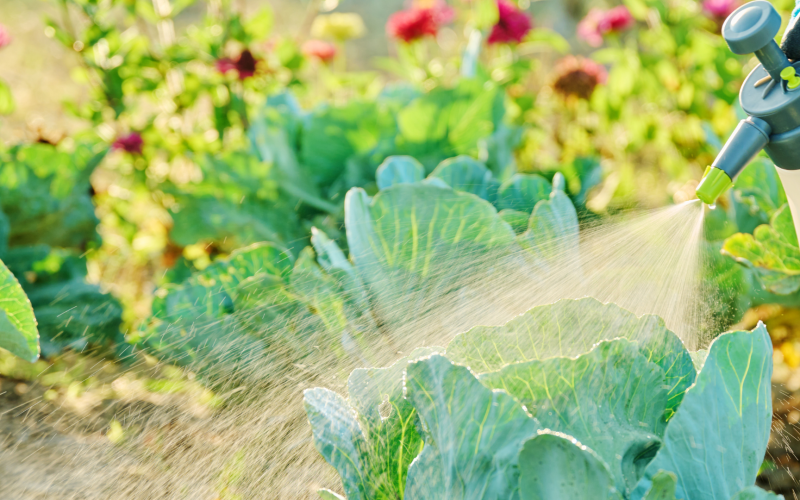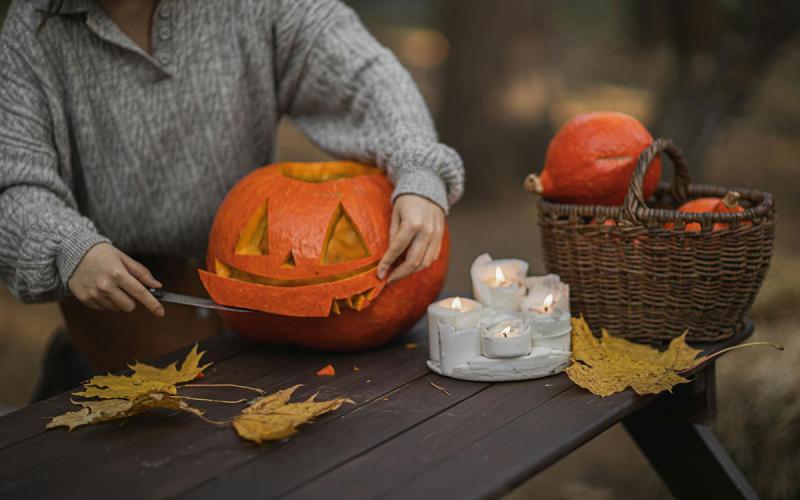In mid- to late-summer, we often get the questions: “What kind of fruit is this?” and “Is it edible?” To identify a fruit, it is helpful to know both plant and fruit characteristics: Woody or herbaceous plant? Vining or upright? Do the leaves attach to the stem opposite each other (i.e., paired), or do they alternate from one side of the stem to the other? What size and color are the fruit? Is each fruit’s stem attached directly to the twig, or are they in a cluster that attaches to the twig? And, one question I find often helpful in distinguishing among smaller fruits, does it have a single pit, or are there several seed in each fruit?
Single-Seed Fruits
Shrubs or trees in the Dakotas bearing fruit with a single seed or “pit” include various kinds of cherries, chokecherries, plums, apricots, viburnum, buffaloberries, and dogwood. Most of these have alternate leaves; however, viburnums, buffaloberry and most dogwoods have opposite leaves.
Several-Seed Fruits
Fruits with several seeds include aronia, buckthorn, elderberries, pears, apples, juneberries, mountain-ash, hawthorn, grapes, honeysuckles, and snowberry. These all have alternate leaves, except for honeysuckles, and snowberry, which have leaves arranged in pairs (opposite each other on the stem), and buckthorn, which usually has leaves just slightly offset from opposite. Mountain-ash and Elderberry both have compound (multiple leaflets) leaves; the leaflets are opposite each other, but the compound leaves are arranged in an alternate pattern on the twig on Mountain-ash and in an opposite pattern on elderberries. (One can distinguish a leaflet from a leaf by looking for the new bud forming between the leaf petiole and the branch; the base of leaflets have no such buds.)
Edible or Toxic? Knowing the difference.
Once you know whether the fruit has one or several seeds, the basic plant structure (tree, shrub, or vine), and the leaf arrangement (alternate or opposite) you should have the information needed to identify most of the different fruits you will find growing in South Dakota. For example, how do you distinguish chokecherry (Fig 1) or aronia (Fig. 2) from buckthorn (Fig. 3)?

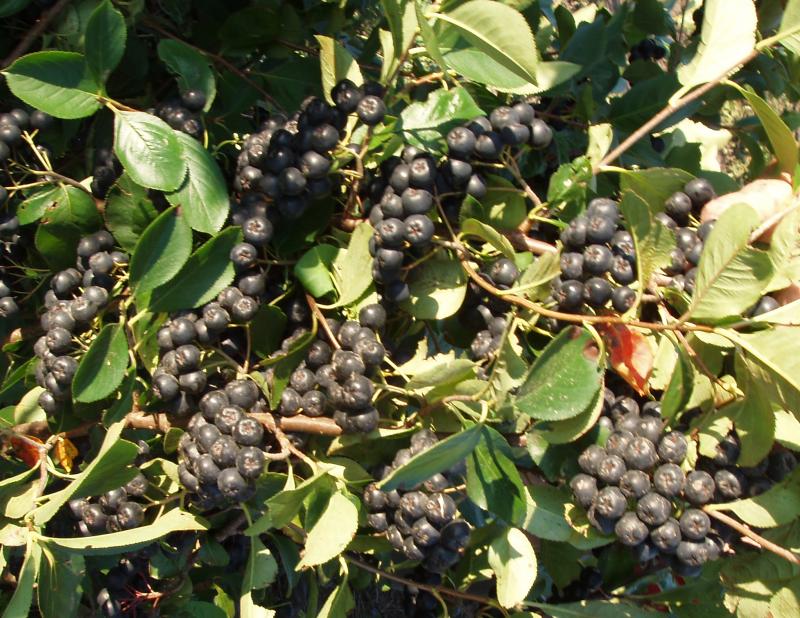
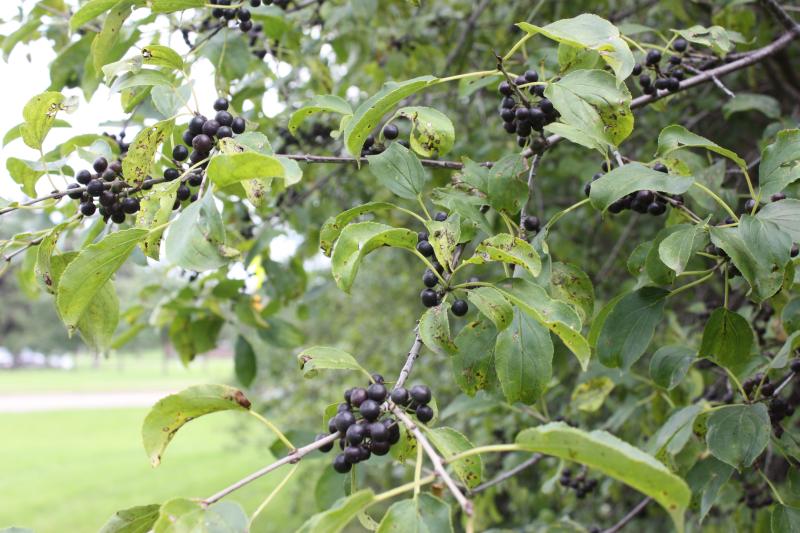
This is an important distinction, because the fruit looks somewhat similar, and buckthorn berries can make you quite sick! If you have only the fruit to examine, look for how many seed there are in the fruit (always check several berries): buckthorn and aronia usually have multiple seeds per berry, whereas chokecherries will have one. To distinguish between aronia and buckthorn, you may need to examine the plant. Look at the leaf arrangement –aronia leaves are always in alternate arrangement (never paired), whereas buckthorn leaves are essentially opposite. The arrangement of the fruit on the stem is also an important distinction – each buckthorn berry attaches directly to the branch, while aronia (and chokecherries) are borne in clusters of fruit, with each cluster having a single attachment to the branch.
Sand cherries (Prunus pumila or P. besseyi) are another edible fruiting shrub that might be confused with buckthorn, due to the dark fruit color and arrangement. As with chokecherries, the single pit in the fruit, and alternate leaf arrangement of the Prunus species distinguishes them from the buckthorn.

Black currant (Fig. 4) fruit can also resemble buckthorn fruit, and they both have multiple seed. However, currant leaves are very distinctive, with three lobes similar to a maple leaf in shape; they are rough to the touch and are arranged alternately on the stem. Currant fruit are also in clusters, not attached directly to the stem. All currants are edible, although some, such as the alpine currant, are noted as being “insipid’ (bland flavor).
Fruits on Ornamental Shrubs
Several other ornamental shrub plants bear fruit that look appealing, but are probably best left to the birds. Some viburnum have edible fruit, but many are mildly poisonous, so those are best left to the experts. Viburnum have opposite leaves, with fruit in clusters arranged with each attaching to the cluster stem at a single point; each berry has a single seed. The fruit clusters may resemble Elderberry fruit clusters (Fig. 5), but elderberries have compound leaves.
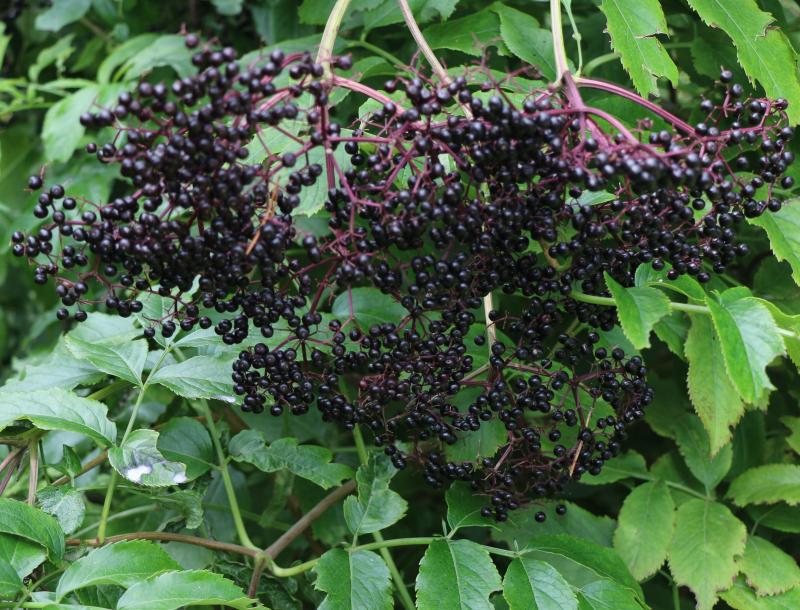
With the exception of haskaps or honeyberries (discussed earlier this year), Honeysuckle bushes and vines (Lonicera spp.) do not have edible fruit. Honeysuckles, whether vine or shrub types, all have opposite leaves and hollow stems; most of them have red berries that are set in pairs, and contain multiple seeds per berry. Mountain ash have orangish-red fruit, with compound leaves and several seed (Fig.6). Birds appreciate the fruit, but to be (somewhat) edible for humans it must be cooked, after which it may be made into jelly or even wine.

In Doubt? Ask an Expert.
If in doubt about the edibility of a fruit, always check with an expert. It will be helpful to them if you note the leaf arrangement on the plant, and either send a fruit cluster, or send a photo with fruit cut open or the number of seed noted. It is often helpful also if you take a photo of a branch showing several leaves.
